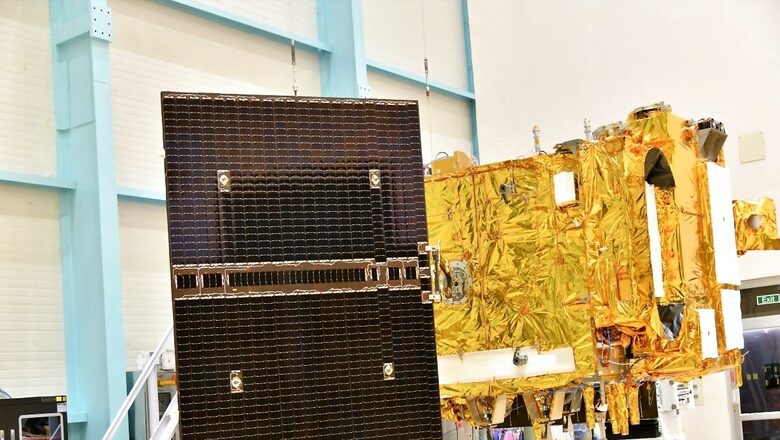
views
The Indian Space Research Organization (ISRO) said that the Aditya L-1 mission , the first space-based Indian observatory to study the sun will be launched from Sriharikota on September 2 at 11: 50 am.
This announcement comes after the success of the Chandrayaan-3 mission. The space agency said on social media that the Aditya L-1 spacecraft would be launched by PSLV-C57 rocket and is designed to provide remote observations of the solar corona and in-situ observations of the solar wind at L1 (Sun-Earth Lagrangian point), which is at a distance of 1.5 million kilometres from the Earth.
PSLV-C57/️Aditya-L1 Mission:The launch of Aditya-L1,the first space-based Indian observatory to study the Sun ☀️, is scheduled for️September 2, 2023, at11:50 Hrs. IST from Sriharikota.
Citizens are invited to witness the launch from the Launch View Gallery at… pic.twitter.com/bjhM5mZNrx
— ISRO (@isro) August 28, 2023
What is the Aditya L1 Mission?
As per an ISRO official, this upcoming mission is aimed at studying the Sun from an orbit around the L1. The L1 refers to Lagrangian/Lagrange Point 1, one of five points in the orbital plane of the Earth-Sun system.
The positioning of the spacecraft in the halo orbit around the L1 point will help the agency to view the Sun without any occultation or eclipses. It will observe the Sun from a close distance and gather information about its atmosphere and magnetic field.
The craft would carry seven payloads to observe the photosphere, chromosphere and the outermost layers of the Sun, the corona, in different wavebands. The four payloads of Aditya L1 will directly view the Sun using the special vantage point L1 and the remaining three payloads will carry out in-situ studies of particles and fields at the L1 point, thus providing important scientific studies of the propagatory effect of solar dynamics in the interplanetary medium.
The ISRO official also added that the mission is a fully indigenous effort with the participation of national institutions.
According to the ISRO website, the mission will provide information to understand the problem of coronal heating, coronal mass ejection, pre-flare and flare activities, dynamics of space weather, propagation of particle and fields etc.
ALSO READ: ISRO’s Solar Mission Aditya-L1’s Launch on September 2; All You Need To Know About its Objectives, Budget
What Are the Main Objectives of the Aditya L1 Mission?
India’s debut Sun mission has the following objectives:
To study the Solar upper atmospheric dynamics
To observe the in-situ particle and plasma environment
Study the chromospheric and coronal heating, physics of the partially ionized plasma and initiation of the coronal mass ejections
Magnetic field topology and magnetic field measurements in the solar corona
Physics of solar corona and its heating mechanism
To look at the development, dynamics and origin of solar magnetic force
(With PTI inputs)




















Comments
0 comment